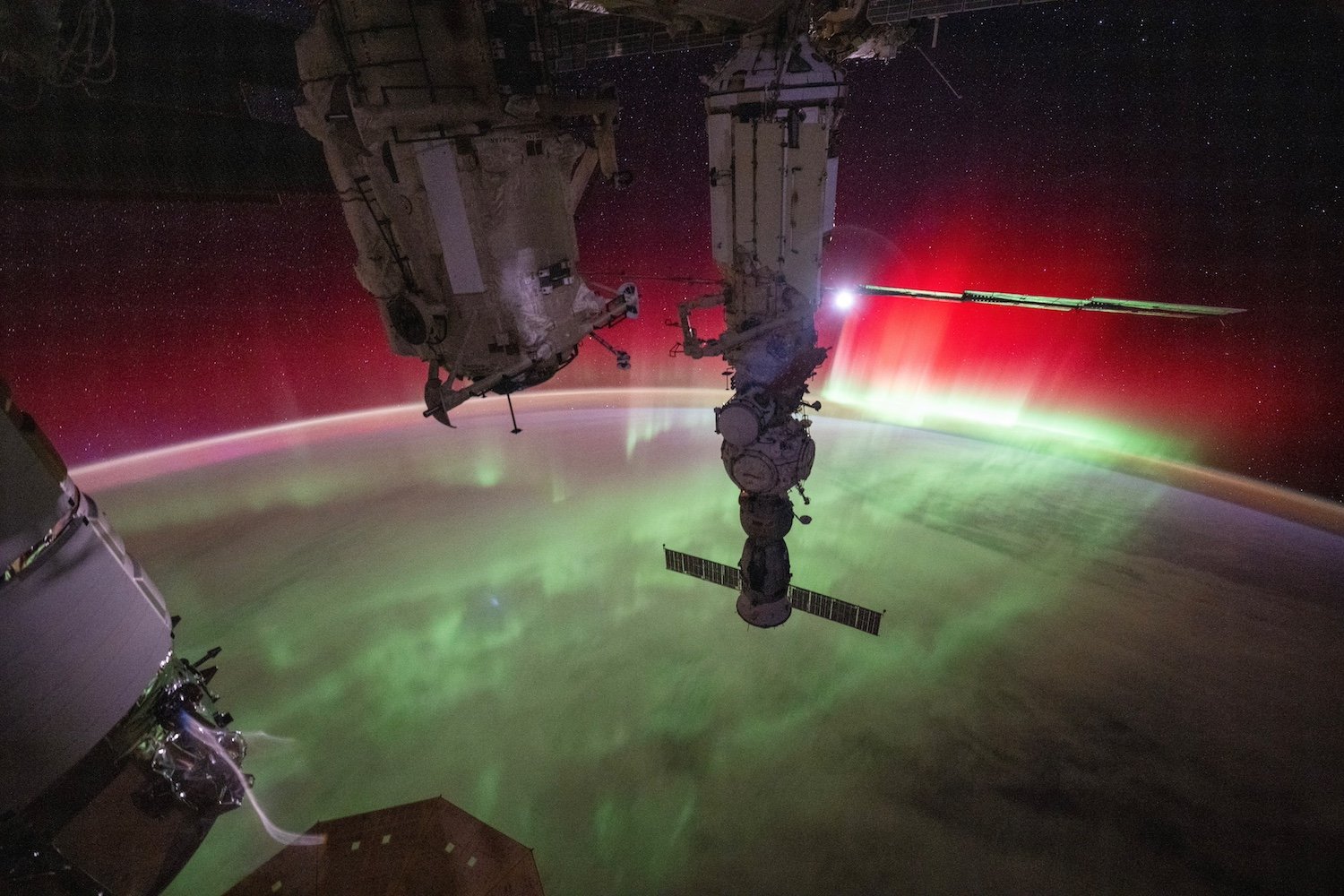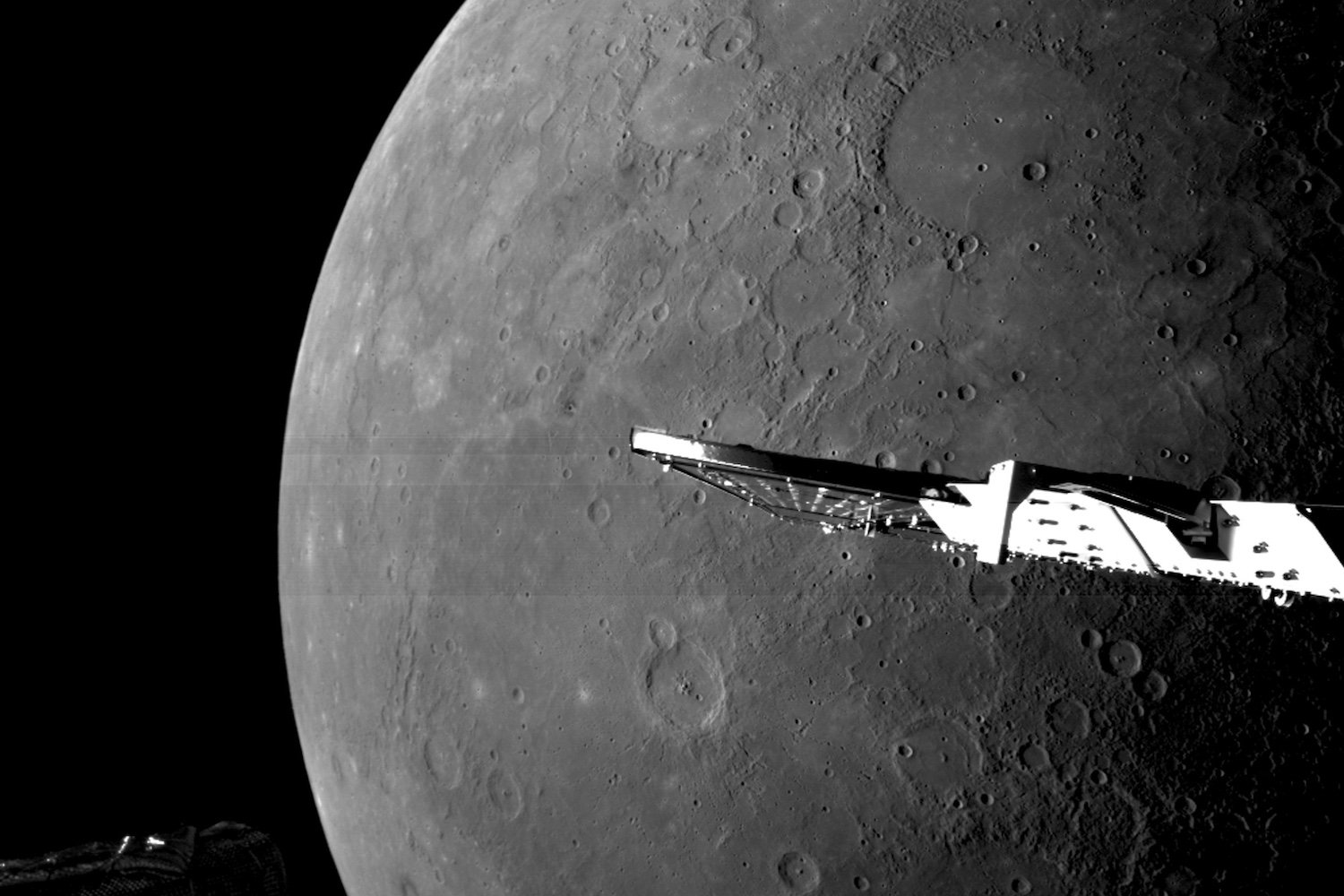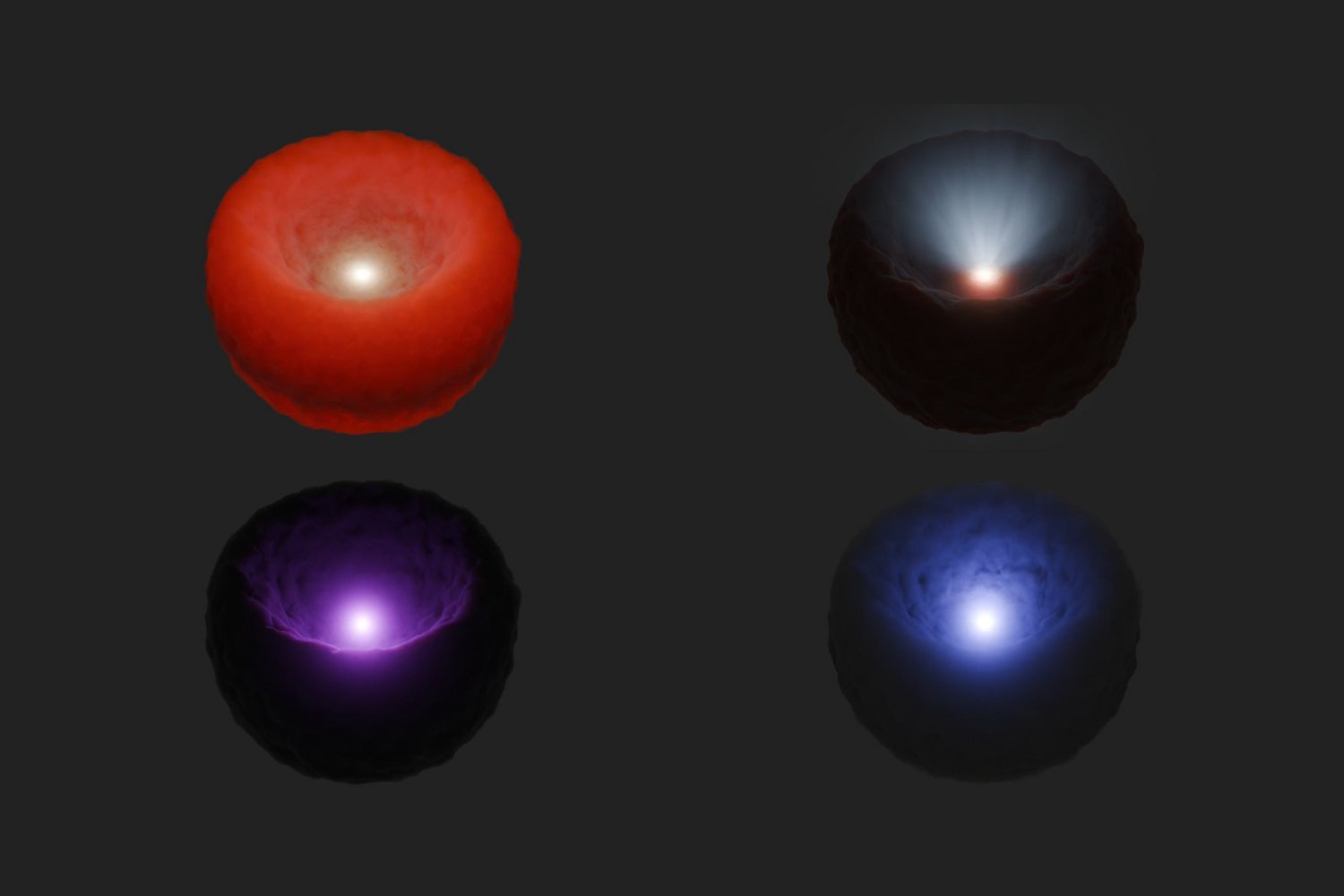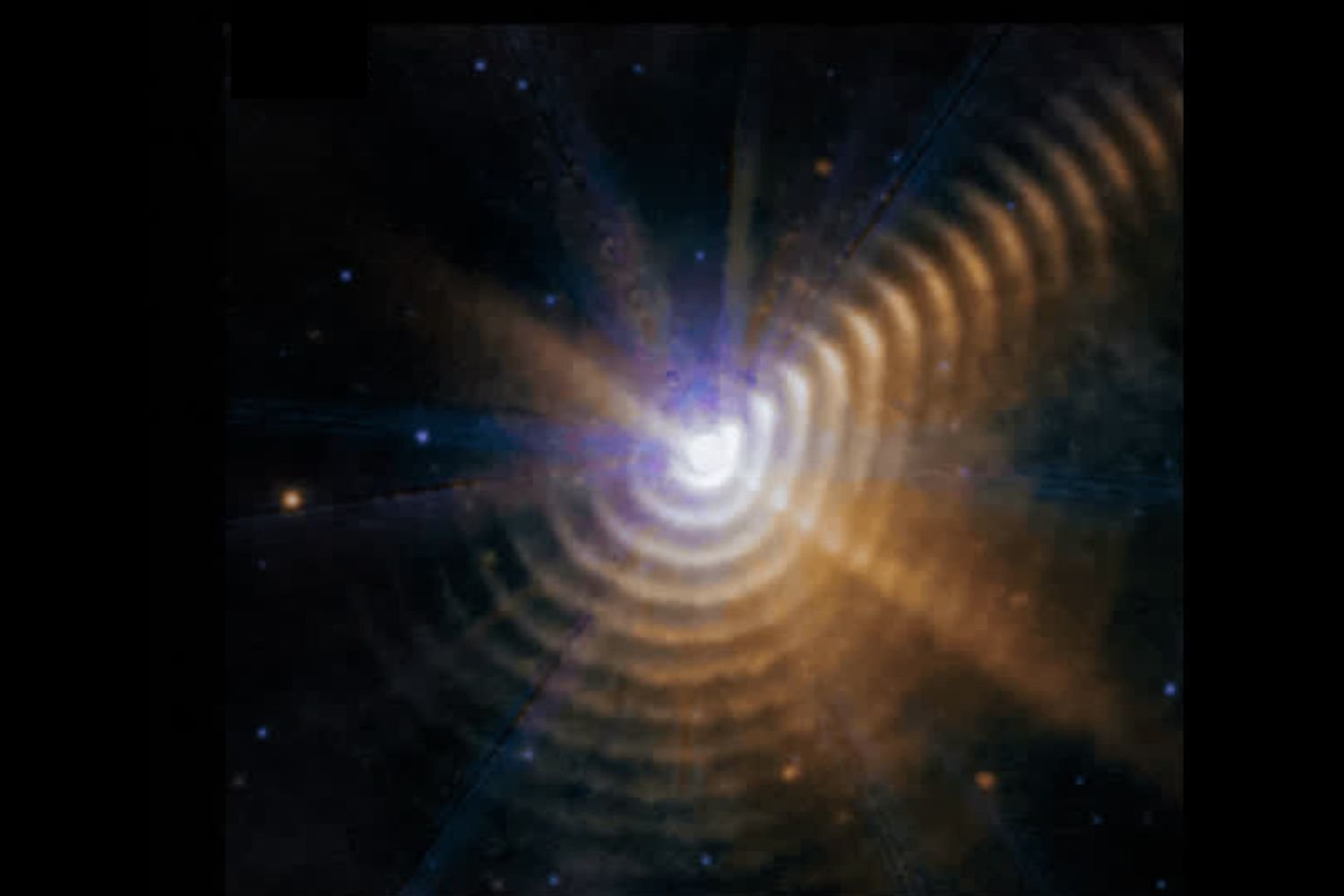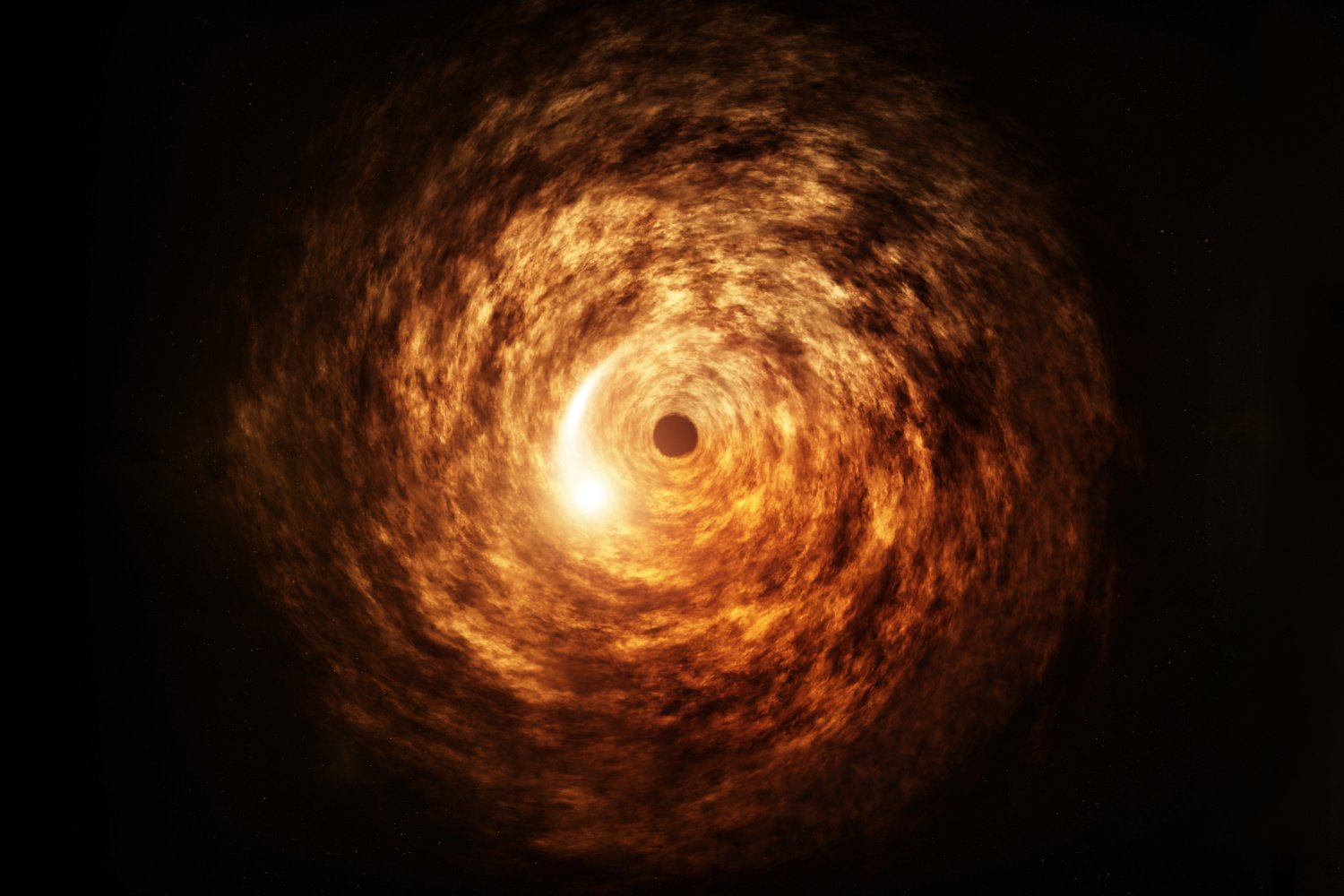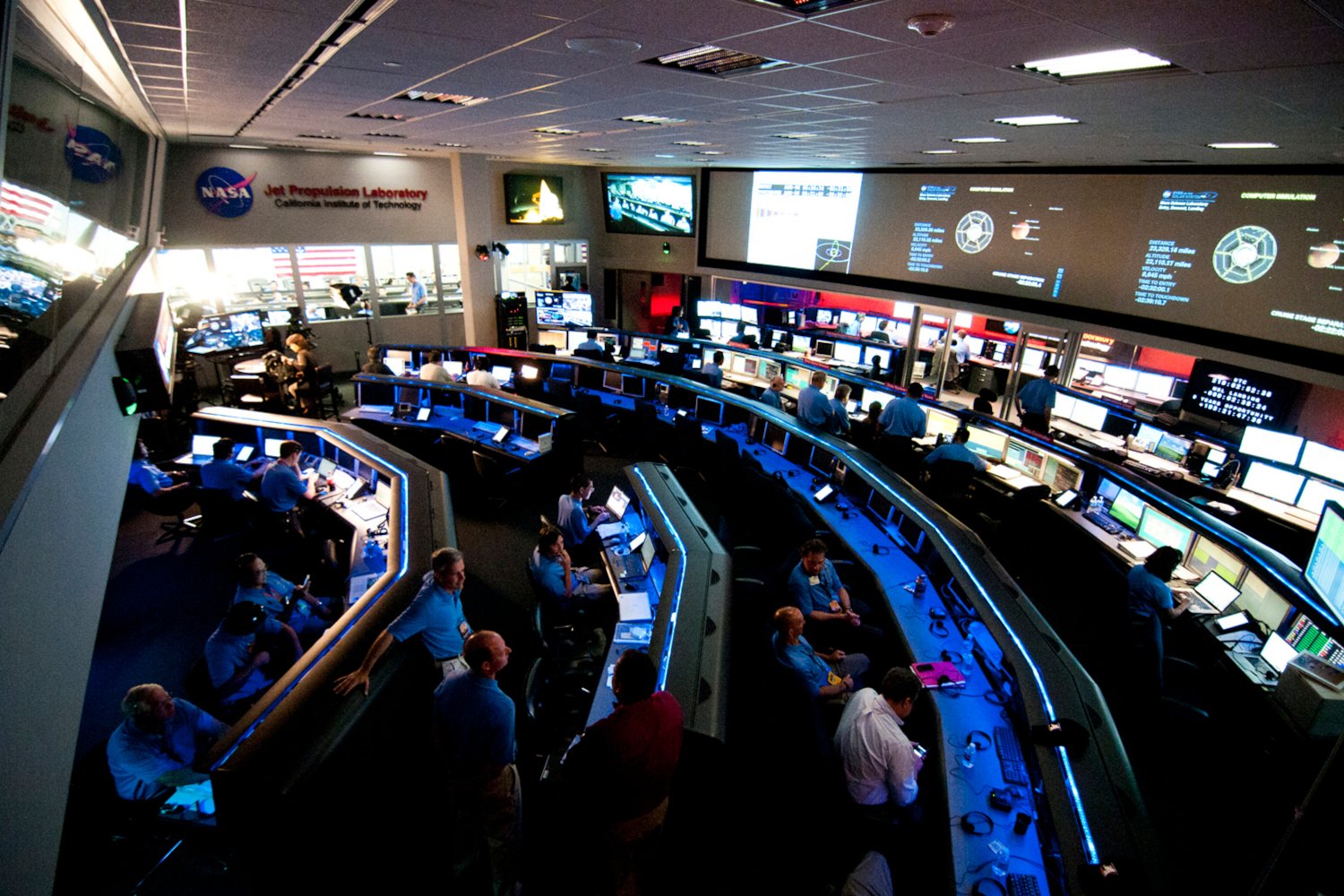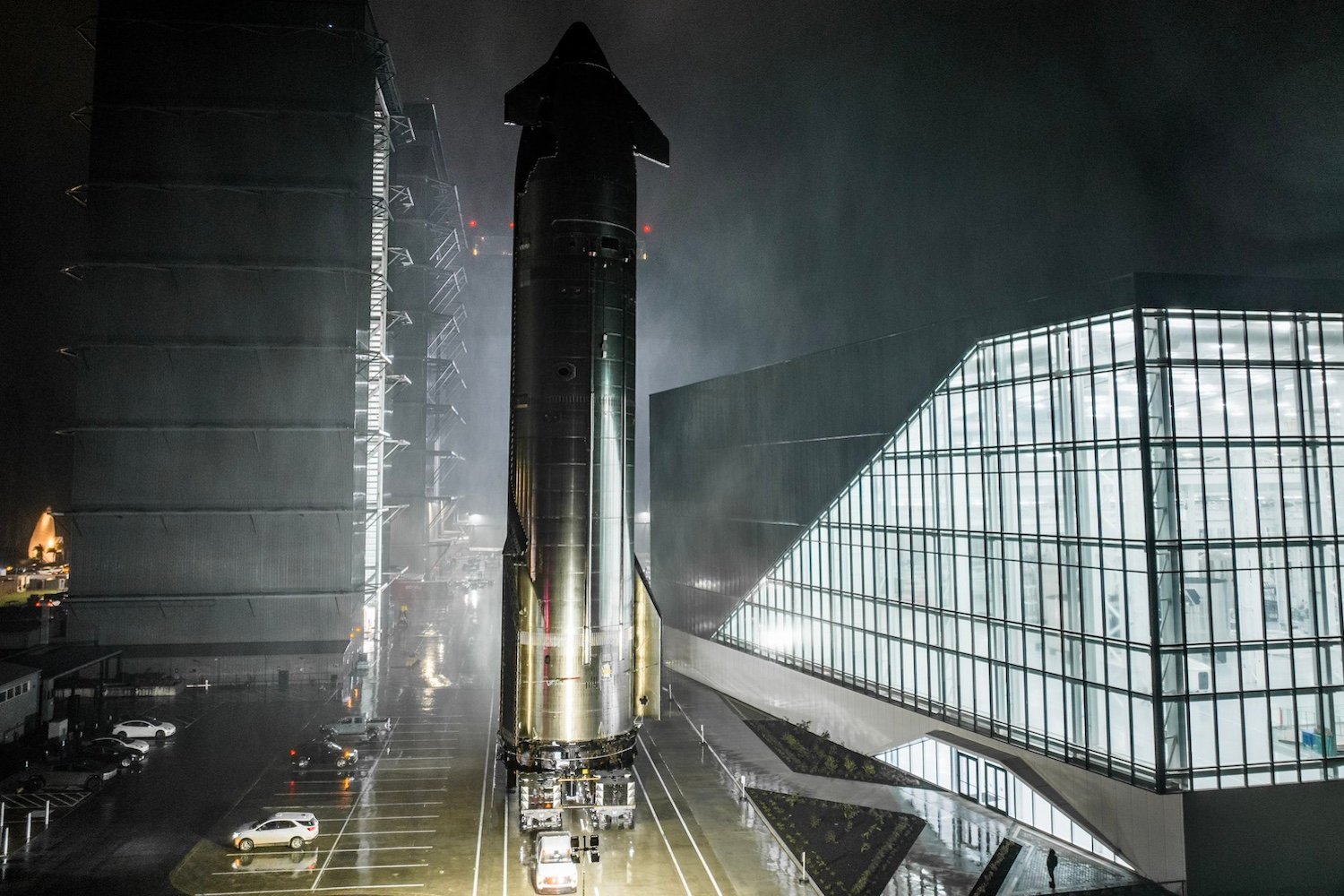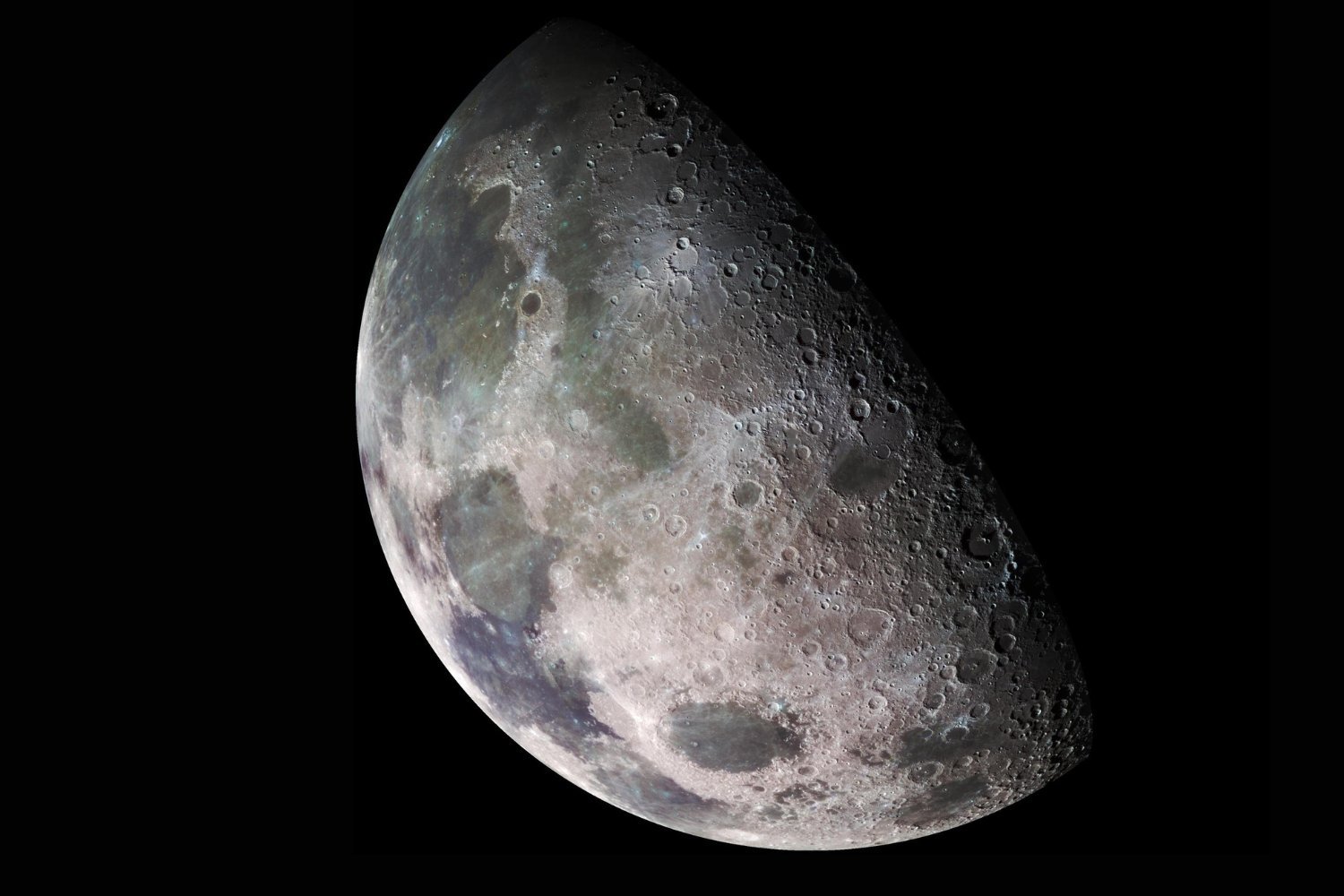The aurora borealis, or Northern Lights, has captivated humanity for centuries. Now, artificial intelligence is helping us understand this mesmerizing phenomenon better than ever before. Researchers have employed a novel AI algorithm to analyze nearly a billion images of the aurora, paving the way for more accurate forecasting and deeper insights into its dynamics.
This groundbreaking project involved sorting through a staggering 706 million images captured by the THEMIS all-sky imagers between 2008 and 2022. The algorithm categorized these images into six distinct categories based on their characteristics, demonstrating the potential of AI to manage and interpret massive atmospheric datasets. This wealth of organized data provides an unprecedented opportunity to study the interaction between the solar wind and Earth’s magnetosphere, the protective shield that safeguards our planet from harmful solar particles.
“The massive dataset is an invaluable resource for researchers seeking to understand the complex relationship between the Sun and Earth,” explains Jeremiah Johnson, lead author of the study and researcher at the University of New Hampshire. “Previously, the sheer volume of data posed a significant obstacle to effective analysis. This new AI-powered approach unlocks the potential of this vast archive.”
AI-Powered Image Analysis: A New Era for Aurora Research
The research team’s findings, published in the Journal of Geophysical Research: Machine Learning and Computation, detail the development and application of the AI algorithm. This algorithm can automatically label hundreds of millions of aurora images, significantly accelerating the pace of scientific discovery.
The increased frequency of auroras in recent years, coinciding with the peak of the Sun’s 11-year solar cycle, highlights the timeliness of this research. This period of heightened solar activity features increased eruptions of solar material, including coronal mass ejections (CMEs) and solar flares. These events propel charged particles towards Earth, interacting with our atmosphere to create the stunning auroral displays.
 False color images of auroras from the Oslo Aurora THEMIS data set (OATH).
False color images of auroras from the Oslo Aurora THEMIS data set (OATH).
While these solar events can also disrupt electronics and power grids, this research focuses specifically on the scientific understanding of the aurora itself. “Our primary goal was to organize the immense THEMIS all-sky image database,” explains Johnson. “This facilitates more effective use of historical data by researchers and provides a comprehensive sample for future investigations.”
From Categorization to Prediction: Unraveling the Mysteries of the Aurora
Predicting the intensity of solar storms remains a challenge due to the difficulty in accurately measuring solar outbursts until the particles are very close to Earth. The AI algorithm categorized the millions of aurora images into six key categories: arc, diffuse, discrete, cloudy, moon, and clear/no aurora.
By comparing these categorized images with concurrent atmospheric data and linking them to the originating solar events, scientists can gain a more nuanced understanding of auroral dynamics. Analyzing the chemical composition of solar particles and their interaction with Earth’s atmosphere will help determine the specific conditions that give rise to different types of auroras. The ability to rapidly analyze vast image datasets, far exceeding human capacity, promises to revolutionize aurora research.
Conclusion: Illuminating the Future of Aurora Forecasting
This innovative application of AI marks a significant step forward in our ability to study and predict the aurora borealis. By efficiently processing massive datasets, this technology empowers scientists to uncover new insights into the complex interactions between the Sun and Earth, ultimately leading to more accurate aurora forecasts and a deeper appreciation of this captivating natural phenomenon. The vast, organized database generated by this project promises to illuminate the future of aurora research, unlocking new discoveries and enhancing our understanding of this celestial spectacle.



